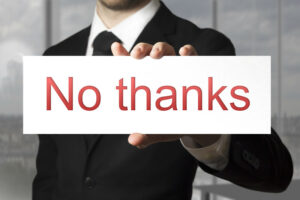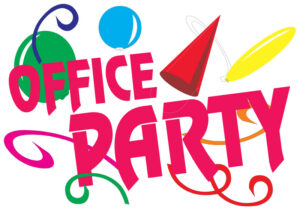The Trump administration has made immigration reform one of the centerpieces of its legislative and political agenda going forward. Employers need to be prepared, especially those that intend on sponsoring foreign workers through the H-1 Visa program.
The H-1 B visa classification is designed for foreign workers who fill professional occupations that require at least a bachelor’s degree or equivalent. There is an annual limit of 65,000 H-1B petitions available each year, with an additional 20,000 reserved only for those holding U.S. Master’s degrees. April 1, 2018 is the opening date for filing H-1 B visa petitions on behalf of foreign employees who need sponsorship for work authorization in the U.S. this year. (Since this year, April 1 falls on a Sunday, the U.S. Citizenship and Immigration Services (USCIS) should start accepting H-1 B visa applications the following business day, Monday April 2, 2018. Petitions that are accepted and approved will have a beginning validity date of October 1, 2018, or later.
In 2017, the H-1 B cap was met in the first week of April. USCIS received 199,000 applications competing for the 85,000 total H-1 B visa slots. USCIS then held a lottery to select the petitions it would accept for adjudication. The government then rejected those applications that were not selected under the H-1 B lottery process as well as cap subject petitions received after April 7, 2017.
Given the aggressive immigrations stance by the Trump administration, it is expected that many employers will be rushing to get their H-1 B petitions filed early and the quota is likely to be exhausted early. Employers should work with experienced immigration counsel to ensure that the applications reach USCIS between April 2 and April 6, 2018. There are several prerequisites that must be met before an employer can file an H-1 B visa petition with USCIS. These steps, which can take several weeks include:
- Registering the company with the Department of labor;
- Posting required notices; and
- Obtaining Department of Labor certification of a Labor Condition Application.
Employers should consider the H-1 B visa process for any current of future employees who are present in the United States under the following categories:
- F-1 student visas;
- J-1 exchange visitor visas
- TN visas for Canadian and Mexican professionals;
- L-1A/L-1B visas for managerial and specialized knowledge workers;
- L-2 or H-4 dependent visas;
- Temporary Protected Status (“TPS”); and Deferred Action for Childhood Arrivals (“DACA”)
After the fiscal year 2019 H-1 B quota is exhausted the first week of April, employers will have to wait until April 1, 2019 for another opportunity to file cap-subject H-1 B petitions. Meanwhile, their employees may risk losing legal status and work authorization.
With over 34 years’ experience in advising employers and employees on workplace issues, let Boznos Law work with you to ensure you are ready to meet the challenges posed by the changes to the employment laws. Call Bill Boznos today at (630) 375-1958 or contact us at www.boznoslawoffice.com/contact-us through our website.


